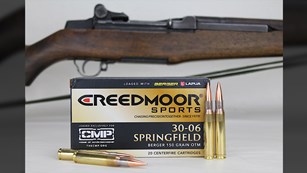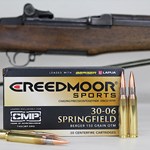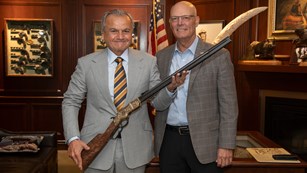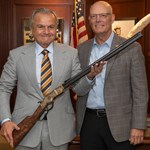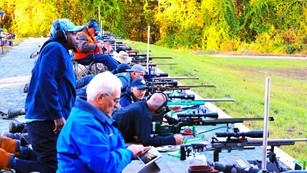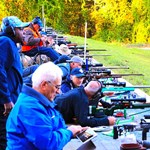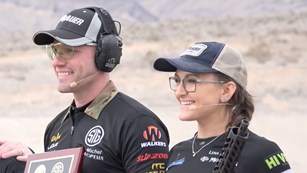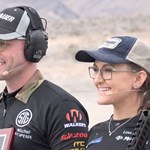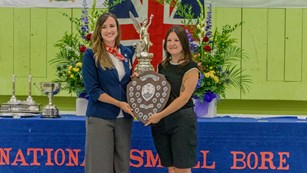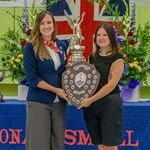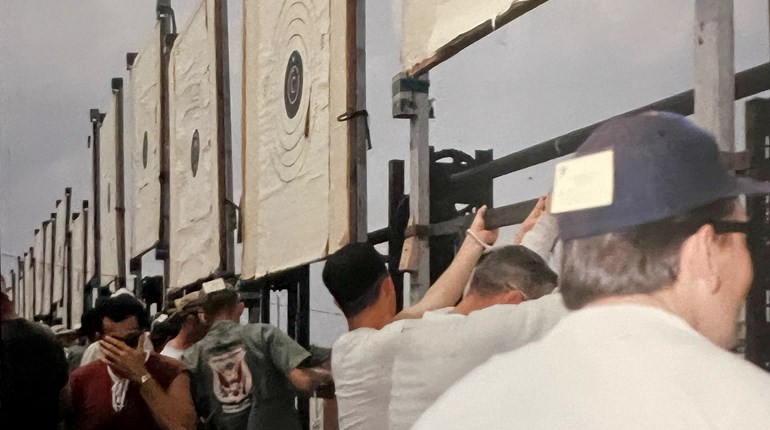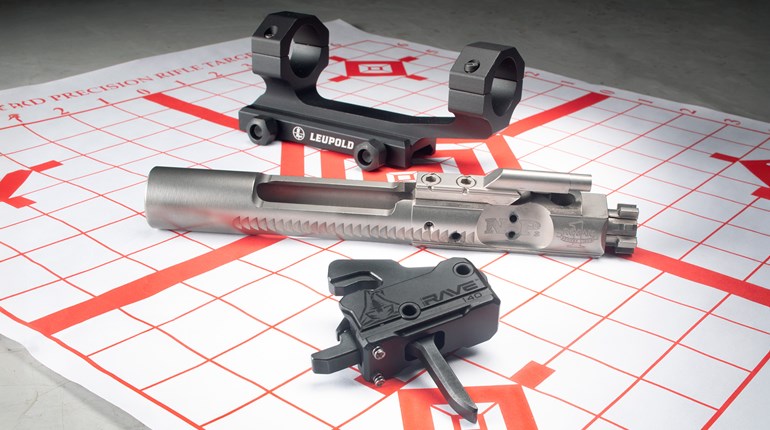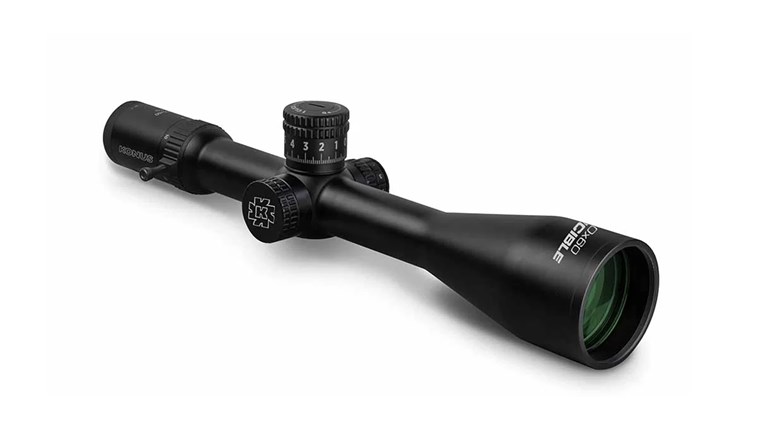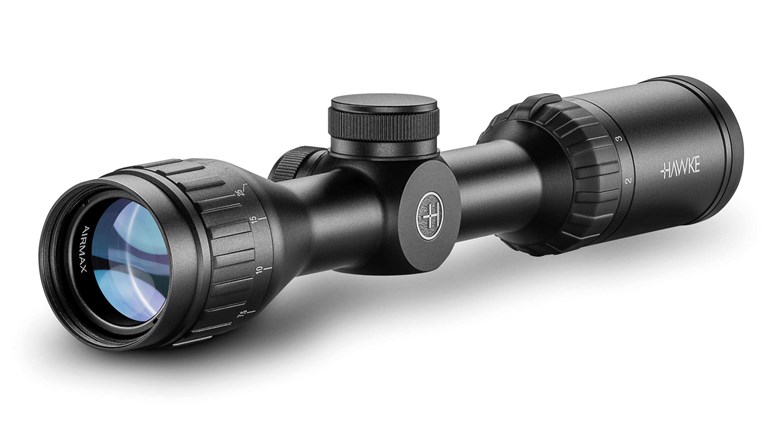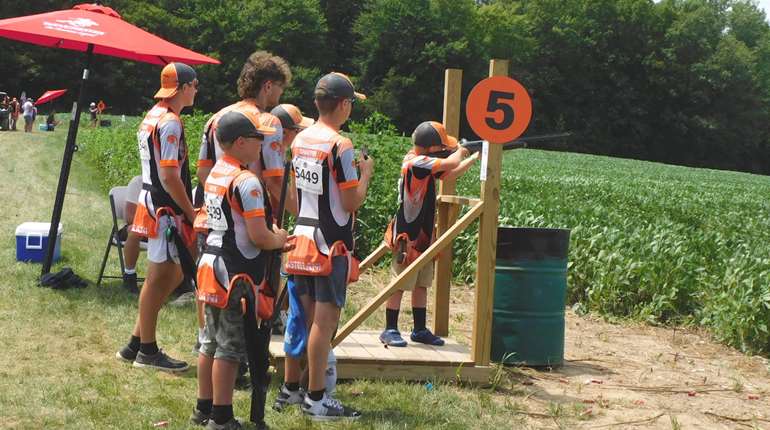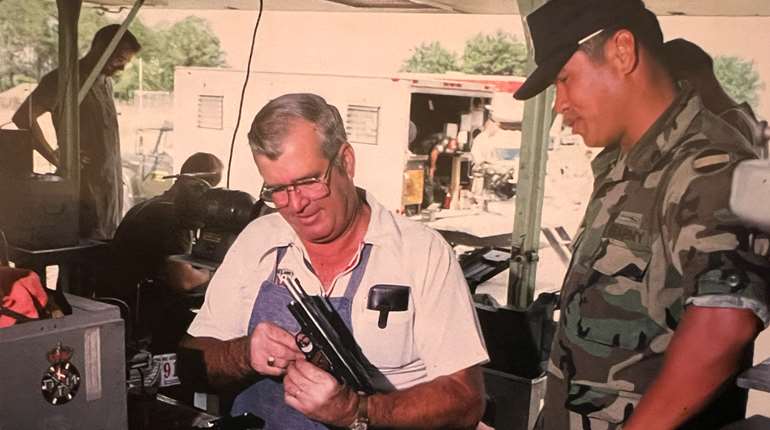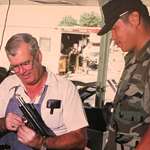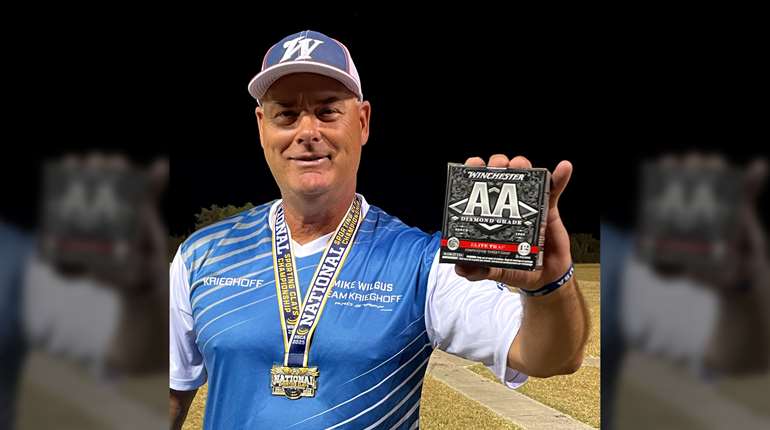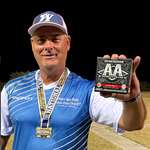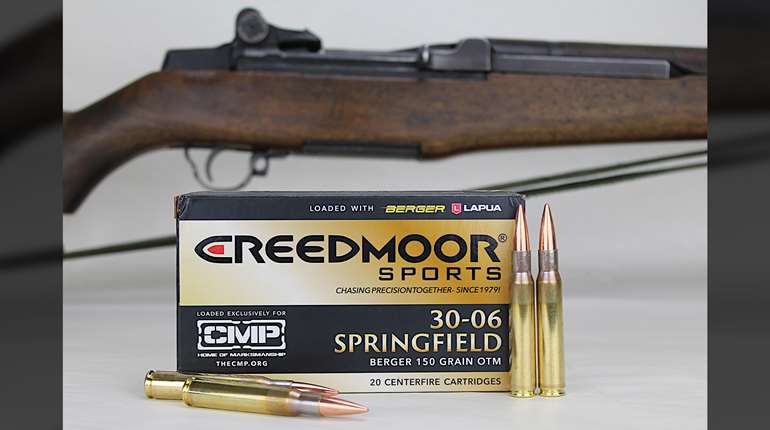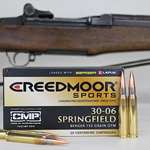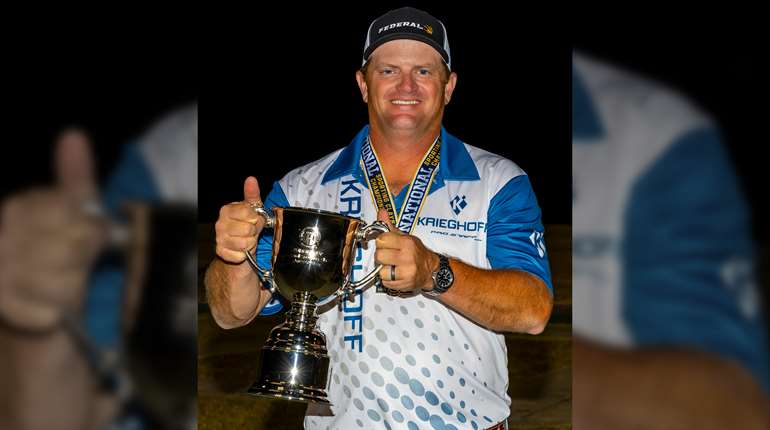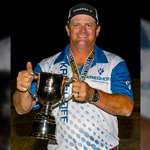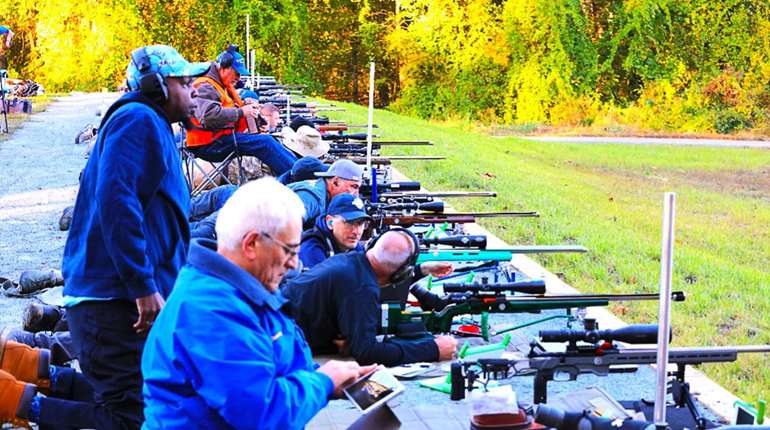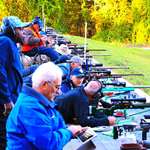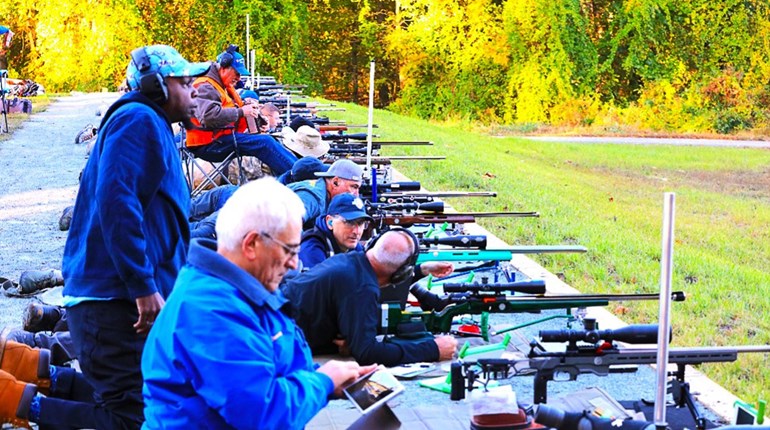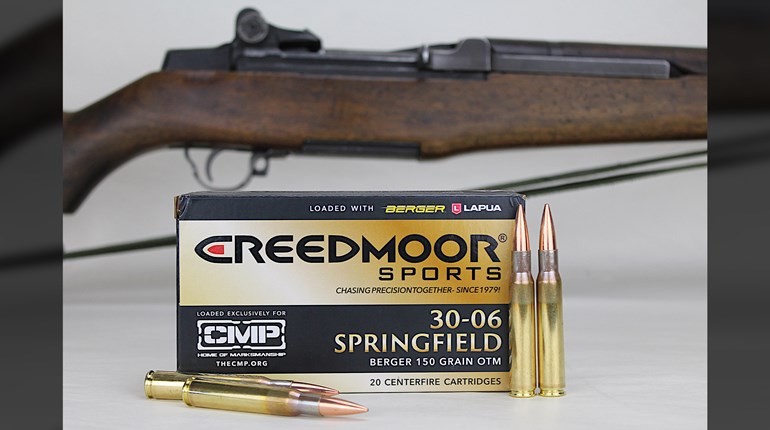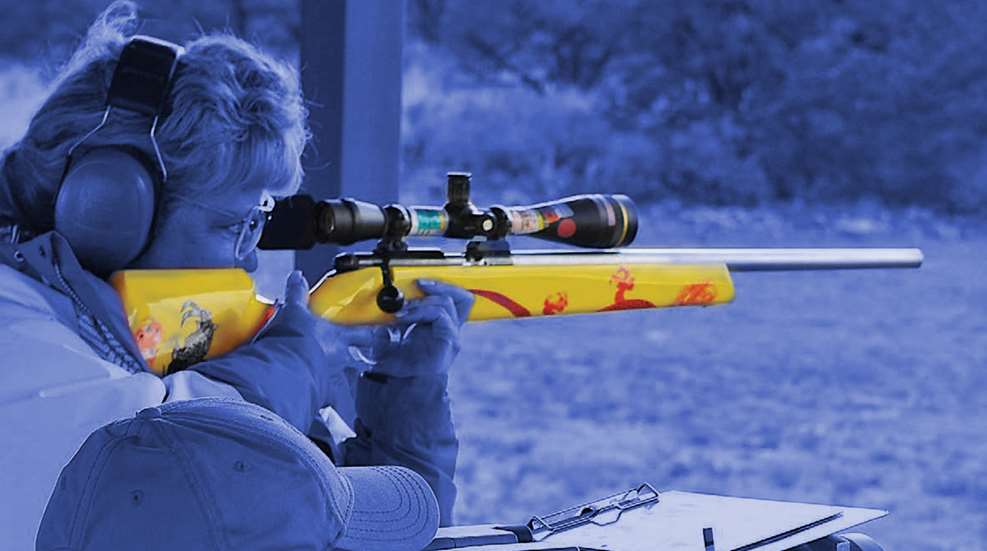
Editor’s note: The 1984 and 1985 NRA National Silhouette Championships included Championship Clinics that were offered to shooters as a means of making the most up-to-date information on silhouette shooting techniques available to them. The clinic presentations were made by an impressive group of silhouette shooting champions and leaders of the time, including our friend who sadly passed away last year, shooting legend Lones Wigger. Fortunately for us, the NRA recorded and transcribed the clinics in their entirety. Much of the information included in these transcriptions is timeless. Read this excerpt from Mr. Wigger’s contribution to the program below.
On Telescopes
—Lones W. Wigger
Silhouette is a fun and interesting game, and one I enjoy thoroughly. When it comes to telescopes and the decision about what power to use, everyone has their own opinion, and I have mine. Since I’m the speaker, I’ll talk about mine.
As you know, the smallbore silhouette game has been going to higher and higher powered telescopes over the last few years. There are a number of 36-power telescopes being used here. I understand that some shooters are using 42-power, and there may even be some higher than that. I don’t know many high power shooters who use high power scopes, but quite a few smallbore shooters do.
“I think that it’s very important to work with the power scope you can handle easily in competition.”
While the power of the telescope to use is an individual choice which must be worked out personally, I have a theory I would like to talk about. There are two times when you shoot. You are either practicing or dry firing, or you are competing in a match. I think you will find that you can use a higher power scope when you are dry firing or practicing than you can in competition. When you get into competition and know that you have two-and-a-half minutes to fire those shots, your wobble area automatically increases. If you’re like me, you almost never miss when you dry fire. When I get up on the line and hear, “Commence fire,” my wobble area starts to increase, and I have more trouble controlling that bigger power scope. Because of this, I think that it’s very important to work with the power scope you can handle easily in competition.
The wind adds another variable when it comes to choosing the power of your scope. I have shot in all kinds of competitions using scopes. I would compare silhouette shooting to shooting 50 feet indoor standing since both utilize short time periods. For me, the maximum I can control indoors at 50 feet is 20-power. If I go higher than that in a competition where there’s pressure and a time limit, I find that my wobble area increases, and I don’t hold and squeeze the trigger any more; I just kind of shoot at it as it goes by. Because the silhouettes present larger targets, I prefer a larger powered telescope such as a 36-power provided there is little or no wind.
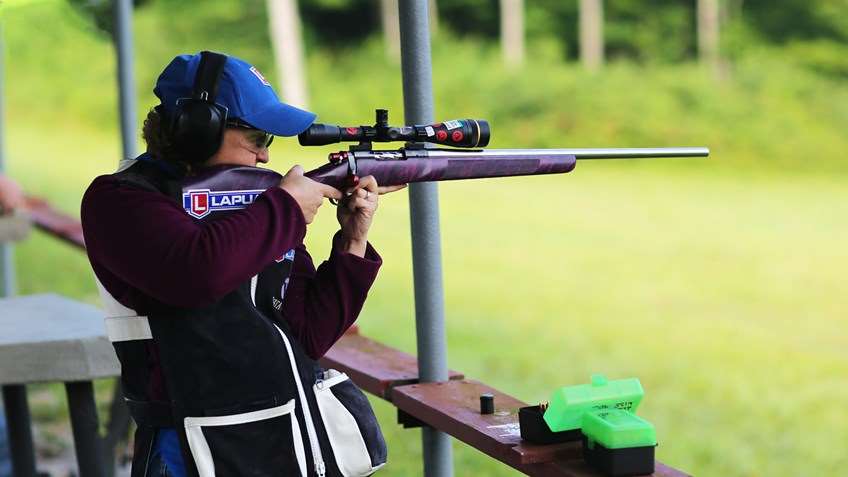
Outdoors in the wind with a higher power scope, the target goes by so fast that sometimes you don’t see it. With the larger field of view, you see the target coming so you can shoot it before it gets away. You may think that’s funny, but at the National Matches in 25 or 30 mph wind, that’s exactly what you are doing. You’re not holding and squeezing any more, you’re trying to break that shot somewhere inside your area of wobble so you can get the maximum number of points on each shot. The same is true for silhouette shooting. When that wind blows, you cannot control a higher power scope as well as a lower power scope. With the lower power scope, you can see the target coming and time the shot better. For me, in high power silhouette, I’ve found that the maximum I can control in the wind is 14-power. In calm conditions, I will use a 20-power scope. Usually you are somewhat protected from the wind in smallbore silhouette matches so you can get away with using a larger powered scope.
In the windy conditions you often find in the Southwest, I think you would find a 36-power scope a detriment. The bigger power scope brings that animal in a little closer and makes him look a lot bigger so you think he’s easier to hit. Remember, any movement will be magnified and the high power may not be as effective when you get less than perfect conditions.
Question: Do you prefer a dot or a crosshair?
Answer: There are all kinds of different reticles. I suggest that you use whatever works best for you. Personally, I prefer a big dot. I learned how to use a big dot in gallery shooting.
I believe you should be looking at the target at all times whether it be a 10-ring or an animal. You look at whatever you are shooting at; you don’t look at the dot. While you are looking at your target, you want to be constantly aware of where the dot is. You are looking past the dot, but you know where it is at all times so that when the dot comes in and centers, or moves into the animal or 10-ring, you know where it is without having to search for it. With too small a dot, you must refocus your eye constantly and move your concentration back and forth from the dot to the animal or target which is something you don’t want to be doing. Choose a dot that’s big enough so you don’t lose it or have to search for it.
Question: What size dot do you recommend?
Answer: For indoor shooting, I use a full minute dot at 50 feet. The dot covers the 10-ring on the old A-17 target (the 10-ring is about the size of a .22LR bullet hole). That’s what I learned to use, but you don’t have to use a dot quite that big. I would say that the minimum is a half-minute.
When you apply this to silhouette, you don’t want a dot that covers the whole animal, but you do want a dot that covers a good portion so you are constantly aware of its location.

